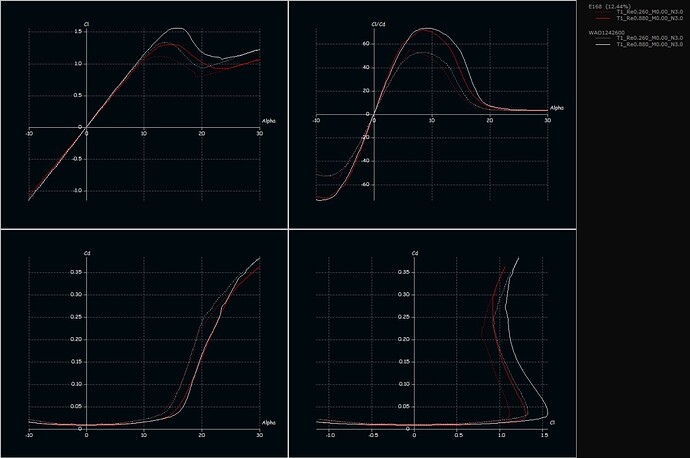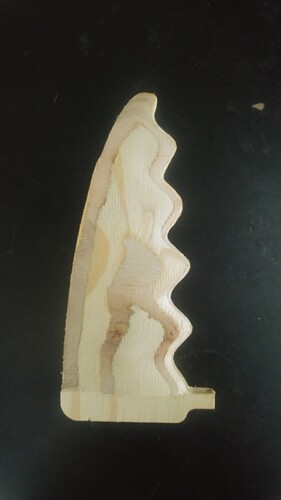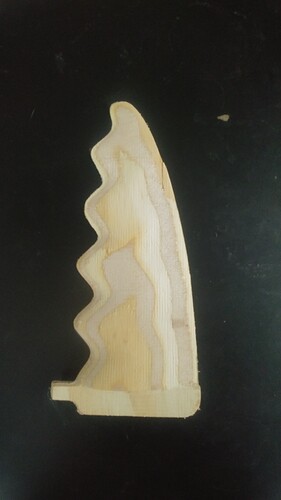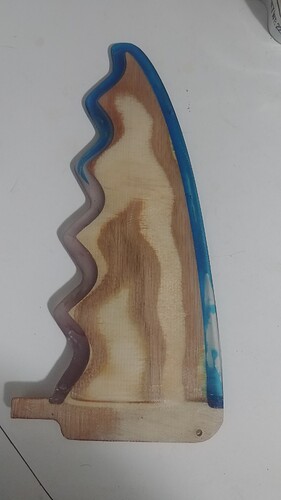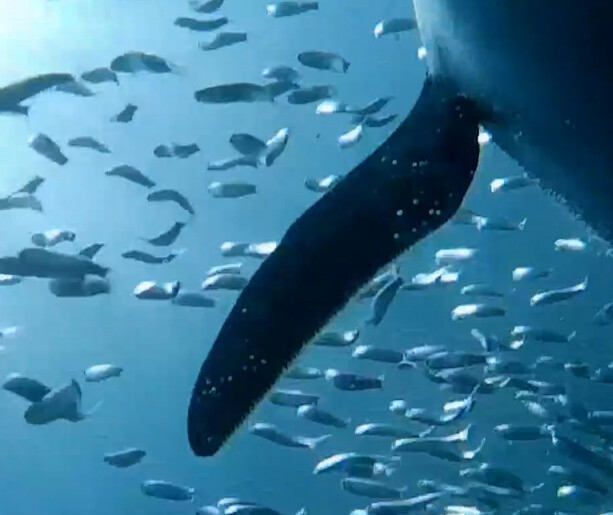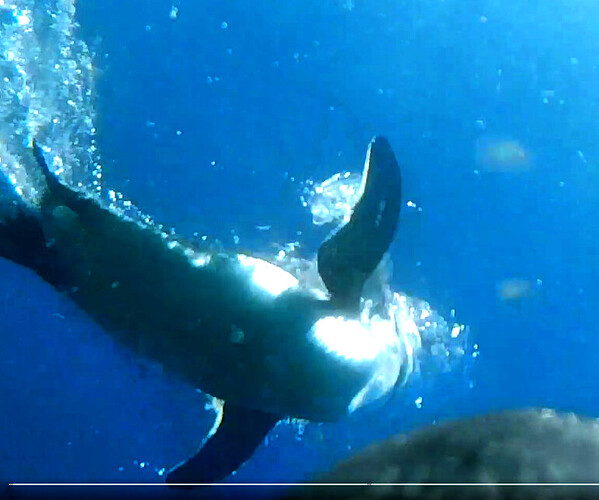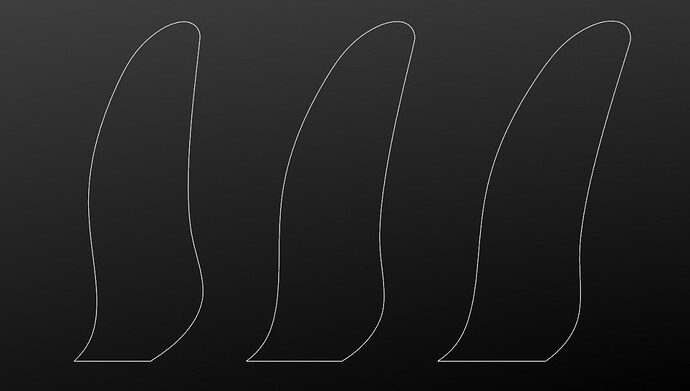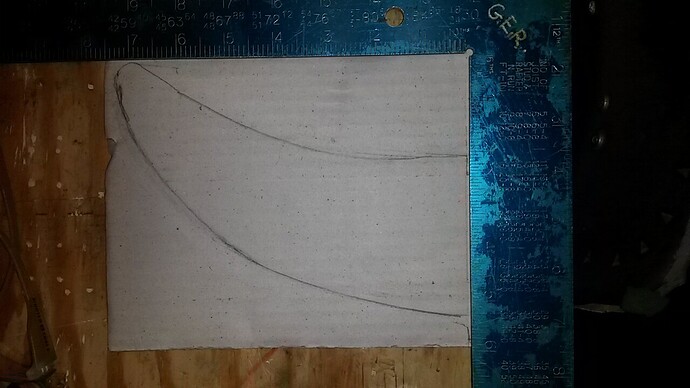The impressions formed with more vs less tubercles were all on the older harftub fin design.
It was a while ago, I did write down my impressions soon after surfing them, usually within hours, and will have to find dig through a lot of old Emails between MrMik and myself, as my memory of waves rode and impressions of various fins from three years ago is quite faded. Once I rode the GW I was done with the harftub, nearly having a panic attack when it started to break and I had no backup GWhale. I gave the best harftub 6.5 to Zack Flores, who said it went unreal in some Salina Cruz pointbreak on his midlength. Have not seen him in a long time, but have pics of it on my external hard drive somewhere, and MrMik seems to keep quality records of specific fins, when I can provide the dates printed into the fin bases.
The GW’s variables have been the thickness, and the flex, both lateral and rotational, flanged base or unflanged, same planshape. I don’t think it ever occurred to me to inquire for a different size and shape of the tubercles of the GW7, as it never felt like it was lacking anything just subtle differences of great speed and response. The fatter fins turned better and were more forgiving but did not have the turbo button, the thinnest fins straight line trim quicker with turbo, and less forgiving, requiring more precision initiating and through turns. I recall saying if I were rusty or at a slower peeling wave wanting to do lots of harder turns, I wold want the thickest Gwhale until I scraped off the rust, then the thinner fins for that thrilling 5th gear turbo spark on more down the line waves.
The most flexy fins felt the worst to me, but the stiffest was not quite as good as the second stiffest. The one fin with a very rotationally flexy filament was way too weird. Weird through the initial loading of it, and uncontrollable as to when the flex would unload where it would unset the rail and change the line chosen.
The experimentation tapered off in this area, as it became too difficult to really notice the extremely subtle differences when a fin would deflect 14mm or 18mm when i’d apply 10Lbs of load to the second highest tubercle in my flex testing jig, and when I’d not really be able to perfectly replicate how one fit in my worn stretched fin box compared to the next in terms of how much the fin base flexed in the box itself.
Right now the GW fin in my longboard is one of the stiffest and certainly the strongest with the highest amount of carbon bars cross section epoxied to the interior reaching as close to the tip of the fin as possible, to the best of my abilities, ensuring the best possible adhesion of pultruded carbonbar to PLA.
I’ve made spacers before and behind the fin to fill in the fin box holes as there is no need to move the fin up or back anymore. Interestingly when swinging the boards tail underwater, filling in the voids in the box before and after the fin added resistance to swinging the board’s tail underwater, making it a more effective paddle. Can’t really tell any difference up and riding, though it should feel even quicker.
I’ll see what I can compile from my Emails with MrMik and find, or take new pics of the relevant 2 best and worst harftubs.
